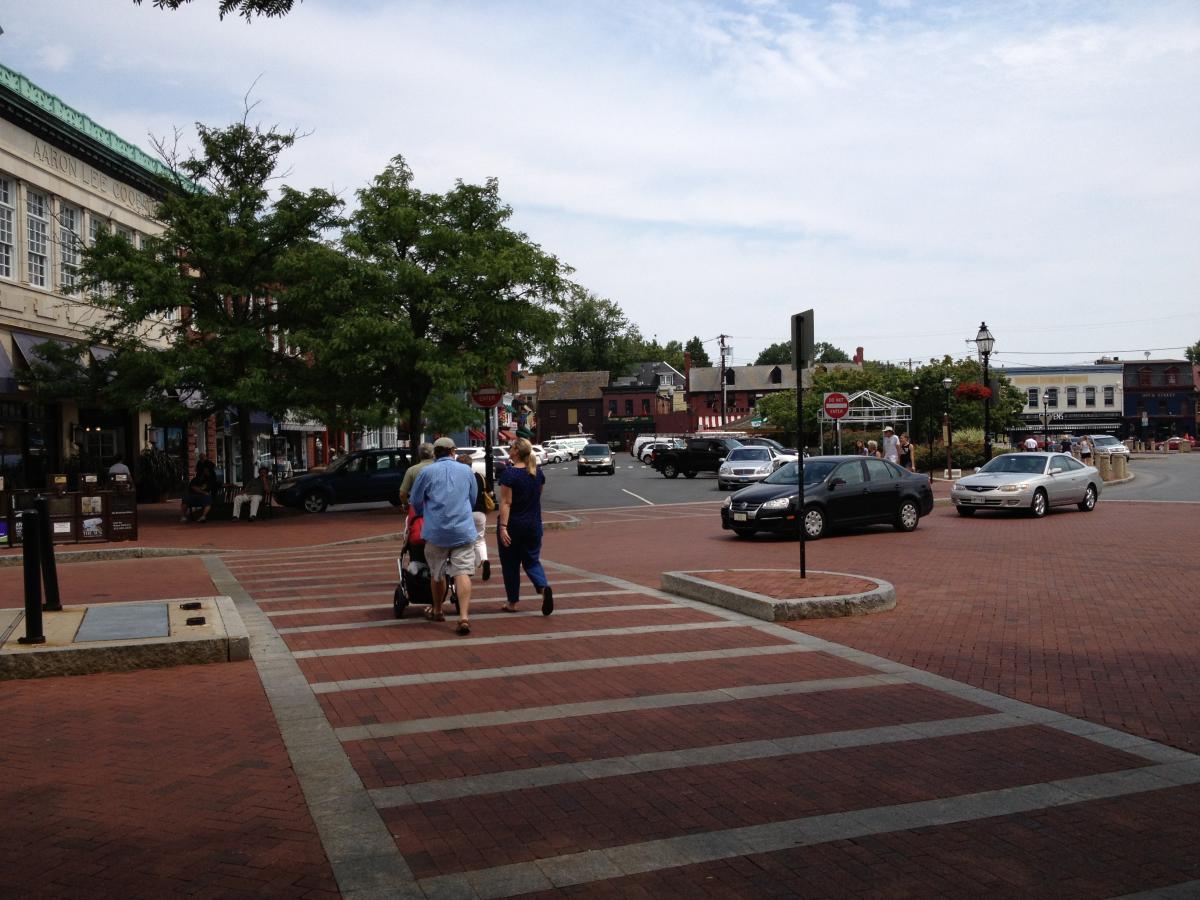In September, the Federal Highway Administration (FHWA) issued a new Strategic Agenda for Pedestrian and Bicycle Transportation, which will guide their spending and initiatives for the next five years.
Most important, the agenda ties bicycling and walking to mission of USDOT, stating that they must provide a full range of flexible transportation choices that are fast, safe, efficient, accessible, and convenient – which includes bicycle networks and pedestrian facilities. The document also references the safety, mobility, and accessibility benefits of improved bicycling and walking networks, particularly given the higher usage of these modes among low-income people.

FHWA lays out two ambitious national goals:
- Reduce pedestrian and bicycle fatalities by 80 percent by 2031, and eliminate them altogether in the next 20-30 years.
- Increase the percentage of short trips made by bike or foot by 50 percent—which would be nearly one-third of all these trips.
To accomplish these goals, they identify a number of priorities—too many to list here. But I’ve selected a few that we are particularly anxious to see accomplished:
- Provide technical assistance, training, and best practices to help states and MPOs adopt Complete Streets policies and standards.
- Develop policies and strategies to reduce vehicle speeds on corridors used by people biking and walking.
- Improve data collection and measurement techniques so we can better track safety data, trends in biking and walking trips, connectivity of bicycle and pedestrian networks, and more.
- Encourage MPOs and state DOTs to address equity as part of their transportation planning processes, including addressing access by biking, walking, or transit to jobs and essential services.
While many state departments of transportation have embraced Safe Routes to School, bicycling, and walking, too many still see their mission as cars, roads, and bridges. With FHWA’s leadership, if we can improve research and data collection and infuse equity and active transportation principles into all levels of transportation agencies and planning, we can proactively build networks of safe routes for kids and complete streets, for the benefit of all.
We look forward to working with FHWA to help ensure that state and local agencies throughout the country view walking and bicycling as core transportation options.

